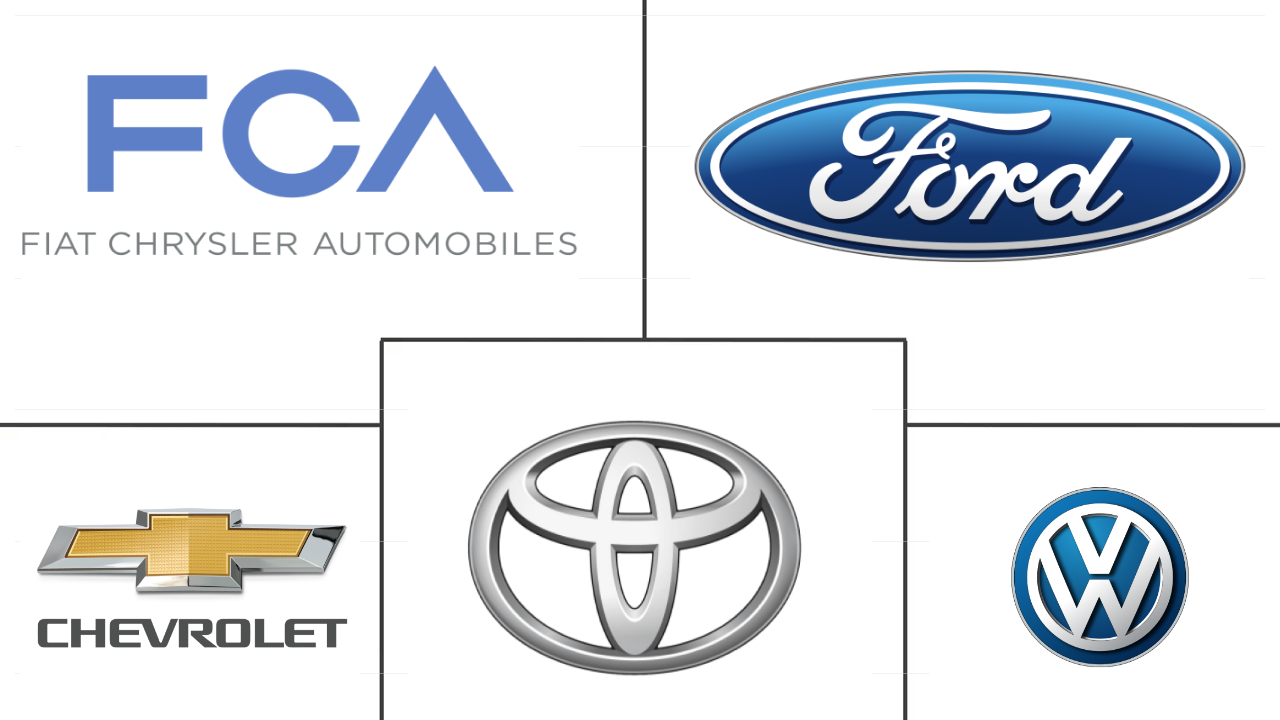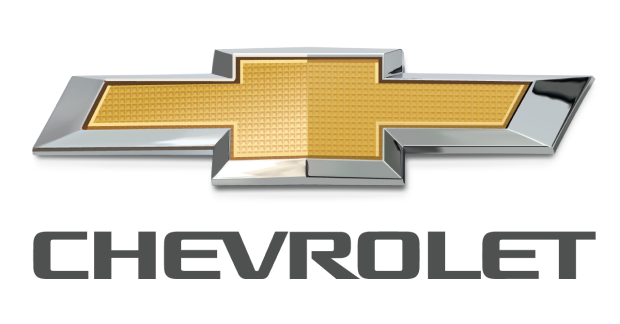Market Size of south america passenger cars Industry
|
|
Study Period | 2017 - 2030 |
|
|
Base Year For Estimation | 2023 |
|
|
Market Size (2024) | USD 123.6 Billion |
|
|
Market Size (2030) | USD 175.9 Billion |
|
|
Largest Share by Country | Brazil |
|
|
CAGR (2024 - 2030) | 6.06 % |
Major Players |
||

|
||
|
*Disclaimer: Major Players sorted in no particular order |
South America Passenger Cars Market Analysis
The South America Passenger Cars Market size is estimated at 123.6 billion USD in 2024, and is expected to reach 175.9 billion USD by 2030, growing at a CAGR of 6.06% during the forecast period (2024-2030).
123.6 Billion
Market Size in 2024 (USD)
175.9 Billion
Market Size in 2030 (USD)
-0.15 %
CAGR (2017-2023)
6.06 %
CAGR (2024-2030)
Largest Segment by Fuel Category
76.42 %
value share, Gasoline, 2023
Gasoline remains dominant in South America due to widespread availability, lower upfront costs compared to alternatives, and established refueling infrastructure across the region.
Fastest-growing Segment by Fuel Category
33.10 %
Projected CAGR, FCEV, 2024-2030
FCEVs are rapidly growing due to investments in hydrogen technology, government incentives, and a focus on reducing emissions in South America.
Largest Segment by Propulsion Type
81.90 %
value share, ICE, 2023
ICE dominate due to their affordability, extensive infrastructure, and long-standing consumer familiarity with conventional vehicles in South America.
Largest Country Market
33.33 %
value share, Brazil, 2023
Brazil leads due to its large population, significant automotive manufacturing industry, and high consumer demand for passenger vehicles.
Leading Market Player
19.40 %
market share, GM Motor (Chevrolet), 2023

GM Motor (Chevrolet) leads the market with its reliable and versatile passenger cars, strong brand reputation, and extensive dealership network supporting diverse consumer needs in South America.
The South American passenger cars market is undergoing significant changes driven by economic factors, consumer preferences, and a shift toward more sustainable transportation solutions
- The automotive industry in South America is poised for significant growth, driven by factors such as low car ownership rates and a faster rise in disposable incomes compared to Asia-Pacific countries. Notably, the demand for electric vehicles (EVs) in South America has been on the rise, fueled by concerns about emissions reduction and future energy needs. Brazil's surging demand for EVs is particularly noteworthy, attracting several foreign automakers to set up production facilities in the region.
- The COVID-19 pandemic impacted consumer purchasing power, leading to a notable drop in oil prices and subsequently reducing gasoline costs. While this decline in gas prices may make conventional internal combustion engine (ICE) vehicles more affordable, EVs still hold an advantage in terms of overall ownership costs across most vehicle classes. However, the extent of this advantage may vary, potentially influencing sales.
- South America has seen a notable shift toward sustainable fuel options, with ethanol derived from sugarcane emerging as a prominent choice. This biofuel boasts emissions up to 90% lower than gasoline or diesel equivalents. Brazil's increasing adoption of sustainable fuels has played a pivotal role in shaping the regional market. Another significant driver is the growing consumption of renewable energy in the automotive industry. As the industry emphasizes sustainability, the ongoing research into automotive electrification in South America holds promise. Given the region's attractiveness as an investment hub due to its robust market growth potential, there are significant opportunities for both financial gains and market enhancements.
South America Passenger Cars Industry Segmentation
Passenger Cars are covered as segments by Vehicle Configuration. Hybrid and Electric Vehicles, ICE are covered as segments by Propulsion Type. Argentina, Brazil are covered as segments by Country.
| Vehicle Configuration | ||||||
|
| Propulsion Type | ||||||||
| ||||||||
|
| Country | |
| Argentina | |
| Brazil |
South America Passenger Cars Market Size Summary
The South America passenger cars market is experiencing a transformative phase, driven by increasing disposable incomes and low car ownership rates. This growth trajectory is further bolstered by the rising demand for electric vehicles (EVs), particularly in Brazil, where foreign automakers are establishing production facilities to cater to this burgeoning market. The region's shift towards sustainable fuel options, such as ethanol derived from sugarcane, and the growing emphasis on renewable energy in the automotive sector, are significant contributors to this expansion. Despite the COVID-19 pandemic's impact on consumer purchasing power and the temporary reduction in gasoline costs, EVs maintain a competitive edge in terms of overall ownership costs, although this advantage may vary across different vehicle classes.
The South American vehicle industry is poised for substantial growth, with Brazil and Argentina emerging as key players in the automobile market. Government policies and incentive programs are pivotal in driving vehicle electrification, with countries like Colombia setting ambitious targets for EV adoption. The market is fairly consolidated, with major players such as Fiat Chrysler Automobiles, Ford Motor Company, GM Motor (Chevrolet), Toyota Motor Corporation, and Volkswagen AG dominating the landscape. Recent developments, such as the introduction of electric all-wheel drive vehicles and the debut of new models like the Corolla GR-S in Brazil, highlight the region's commitment to innovation and sustainability. As the market continues to evolve, significant opportunities for investment and market enhancement are anticipated, positioning South America as an attractive hub for automotive growth.
South America Passenger Cars Market Size - Table of Contents
-
1. MARKET SEGMENTATION (includes market size in Value in USD and Volume, Forecasts up to 2030 and analysis of growth prospects)
-
1.1 Vehicle Configuration
-
1.1.1 Passenger Cars
-
1.1.1.1 Hatchback
-
1.1.1.2 Multi-purpose Vehicle
-
1.1.1.3 Sedan
-
1.1.1.4 Sports Utility Vehicle
-
-
-
1.2 Propulsion Type
-
1.2.1 Hybrid and Electric Vehicles
-
1.2.1.1 By Fuel Category
-
1.2.1.1.1 BEV
-
1.2.1.1.2 FCEV
-
1.2.1.1.3 HEV
-
1.2.1.1.4 PHEV
-
-
-
1.2.2 ICE
-
1.2.2.1 By Fuel Category
-
1.2.2.1.1 Diesel
-
1.2.2.1.2 Gasoline
-
1.2.2.1.3 LPG
-
-
-
-
1.3 Country
-
1.3.1 Argentina
-
1.3.2 Brazil
-
-
South America Passenger Cars Market Size FAQs
How big is the South America Passenger Cars Market?
The South America Passenger Cars Market size is expected to reach USD 123.56 billion in 2024 and grow at a CAGR of 6.06% to reach USD 175.88 billion by 2030.
What is the current South America Passenger Cars Market size?
In 2024, the South America Passenger Cars Market size is expected to reach USD 123.56 billion.

